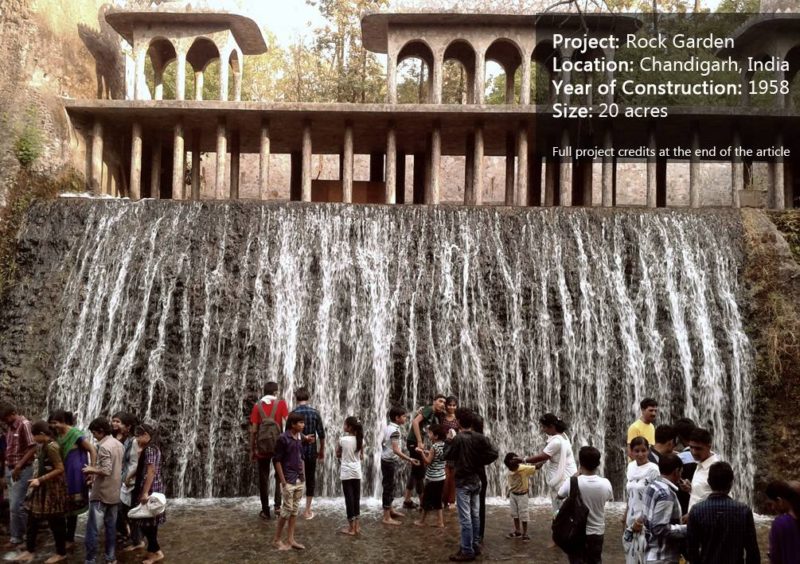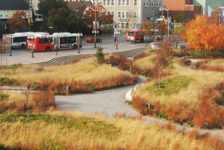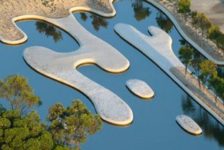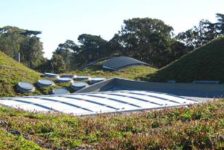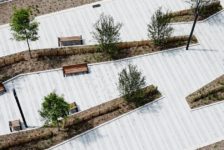Article by Bhanu Mahajan – A review of the Rock Garden, by Nek Chand, Chandigarh, India, shows us how to convert waste into art and landscape. Parks and green belts are the lungs of a city. They help to minimize the environmental stress caused by automobiles and industries, and also act as recreational spaces. But with the increasing demand for land in urban centers, it is hard to find such spaces, particularly in developing countries with densely populated urban settings. With the generation of huge amounts of unrecycled municipal waste going into suburban landfills, many cities start to become unlivable. Lots of untreated piles of waste and no green spaces for recreation are something that we often see in our cities. But can you imagine a sculpture garden inside the woods, designed as an amalgamation of art, nature, and landscape — and made completely out of waste.
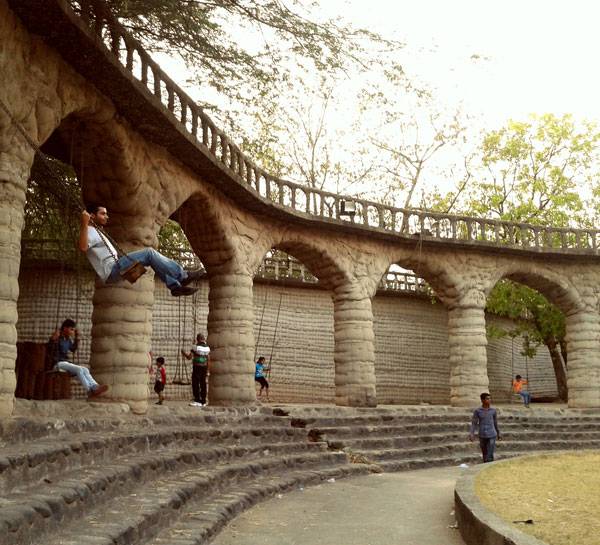
The Rock Garden. Photo Credit: Bhanu Mahajan
Convert Waste into Art and Landscape
The Rock garden is one such unique space, which has a water channel, rocks, woods, an open-air exhibition hall, a theater, and a labyrinth, all interwoven into a delightful maze that all of us would like to experience at least once in our lifetime. And the best part? It is made of household waste, creating a Hollywood-style fantasy world of sculptures in the form of temples, palaces, kings and queens, animals, birds, and human figures. Situated in the foothills of the Shivalik mountain range and located between the Sukhna lake and the famous Capitol Complex, which is a UNESCO world heritage site designed by Le Corbusier himself, it is one of the most visited tourist spots in Chandigarh. Spread over 20 acres of forest inside the city limits, its popularity has even dwarfed that of the magnificent structures designed by the master architect.
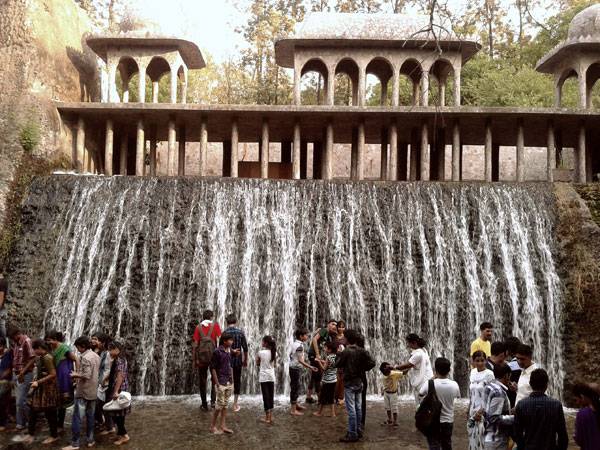
The Rock Garden. Photo Credit: Bhanu Mahajan
History of the Rock Garden
The Rock garden was created by Nek Chand, who was a government employee and an unusual artist who gained so much global appreciation after the creation of the garden that his sculptures are now exhibited in museums such as the American Museum of Folk Art in New York, the Capitol Children’s Museum in Washington, D.C., and in many others in Europe (The Hindu). Chand constructed the Rock gradually, over a period of 18 years, beginning in 1958. During that time, Chandigarh was being planned as a modern city under the vision of Le Corbusier.
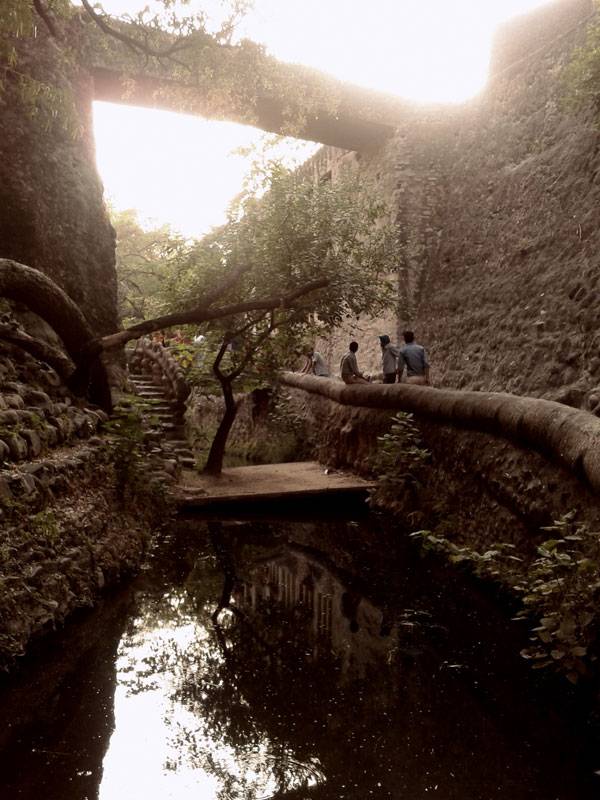
The Rock Garden. Photo Credit: Bhanu Mahajan
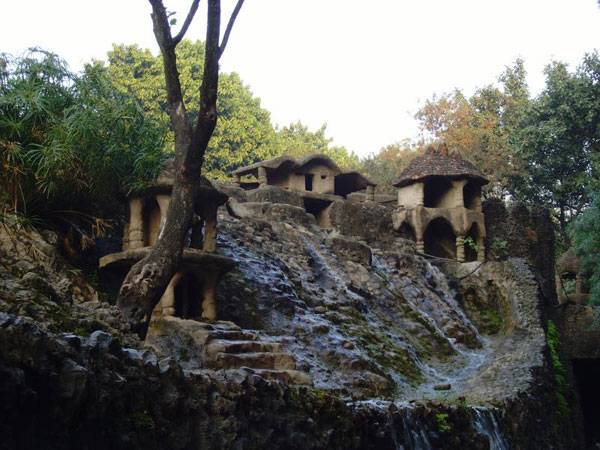
By Abhijeet Rane from Hildesheim, Germany – Rock Garden, Chandigarh, CC BY 2.0, source.
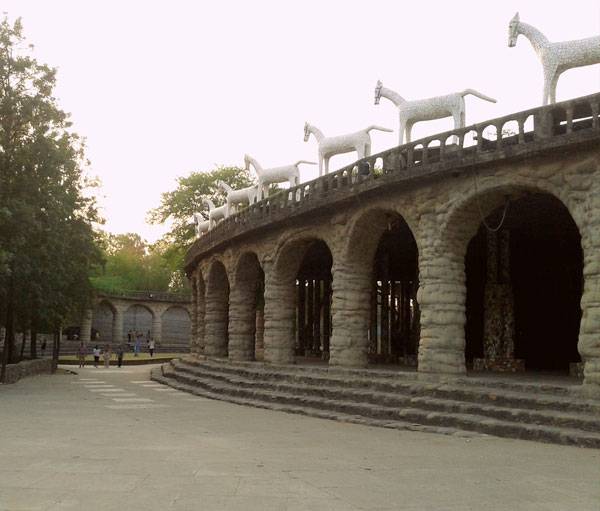
The Rock Garden. Photo Credit: Bhanu Mahajan
Design and Layout
The layout of the garden is based on the fantasy of a lost kingdom, with 14 different zones such as the king’s palace, his army, and villages. It has a main Durbar (king’s court), which has natural stone forms depicting gods and goddesses, and a swimming pool for the queen. (Chandigarh tourism). The use of bridges; a mix of unpaved, semi-paved, and stone-paved walkways; alleys; and narrow openings defines the movement patterns for the visitors. The main entrance is marked by the presence of large boulders and rock-cut art forms. The open-air theater is separated by an arcade, which surrounds a small children’s play area and an art gallery.
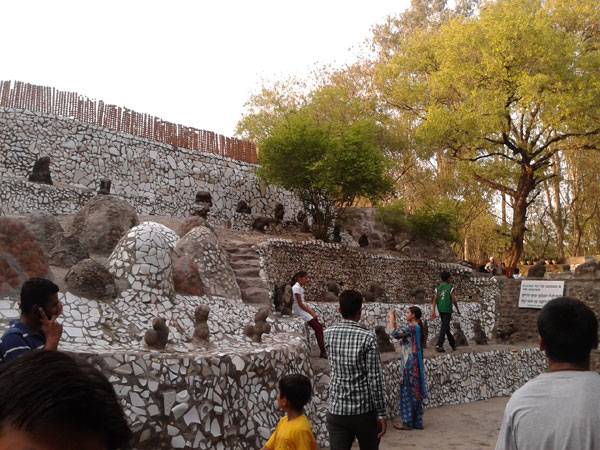
The Rock Garden. Photo Credit: Bhanu Mahajan
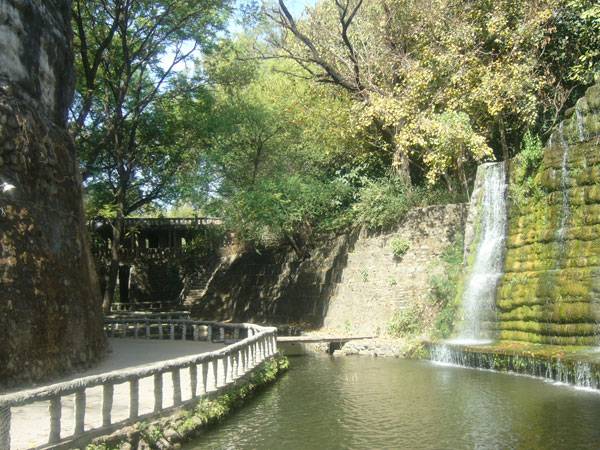
By Shahnoor Habib Munmun – Own work, CC BY 3.0, source
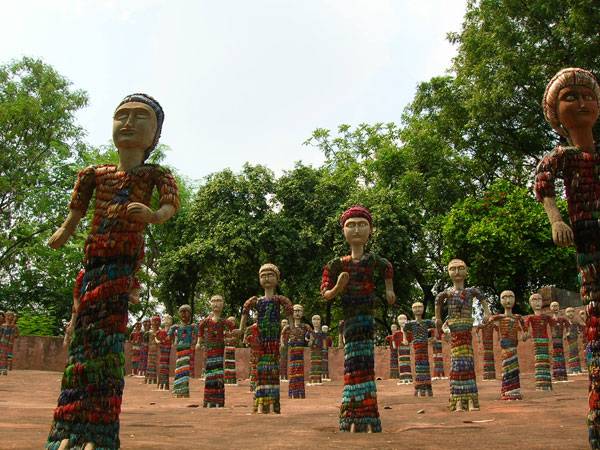
By Abhijeet Rane from Hildesheim, Germany – Rock Garden, Chandigarh, CC BY 2.0, source.
Full Project Credits For Rock Garden :
Project Name: Rock Garden Location: Chandigarh, India Year of Construction: 1958 Size: 20 acres Recommended Reading:
- Becoming an Urban Planner: A Guide to Careers in Planning and Urban Design by Michael Bayer
- Sustainable Urbanism: Urban Design With Nature by Douglas Farrs
- eBooks by Landscape Architects Network
Article by Bhanu Mahajan
Published in Blog


